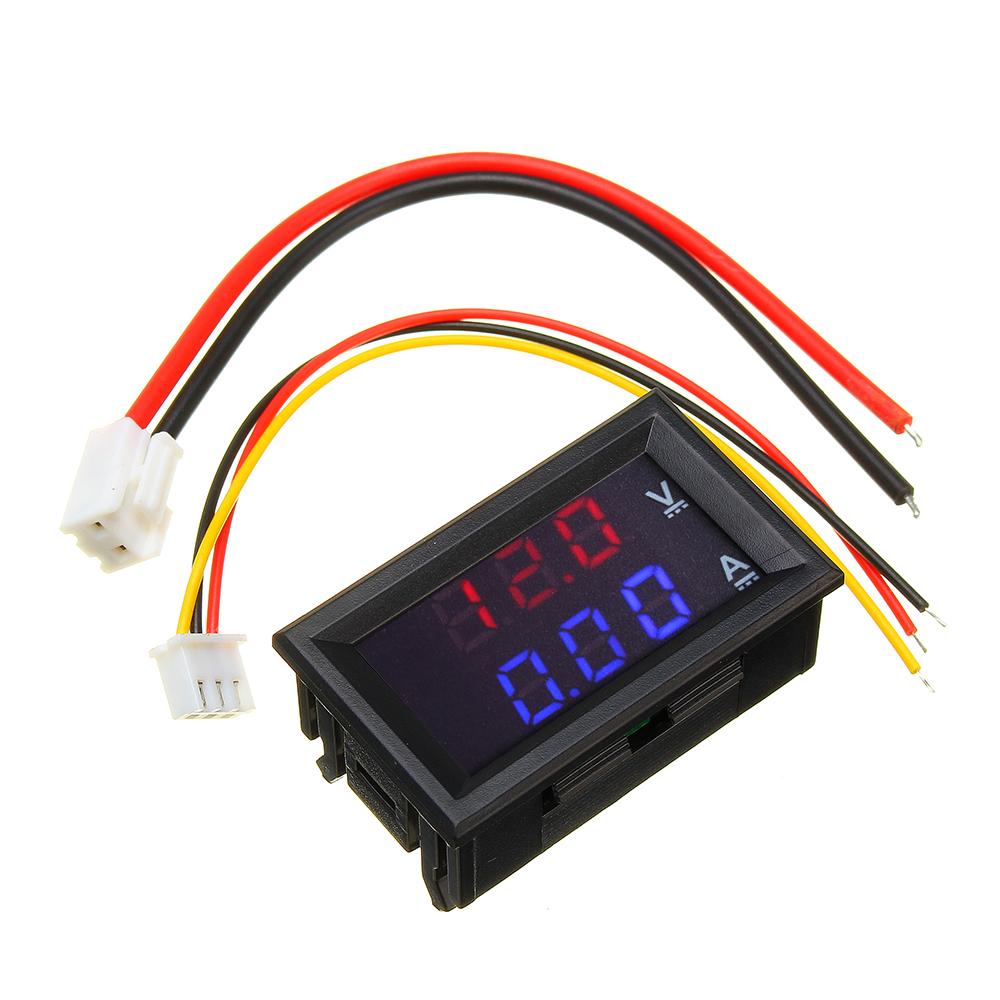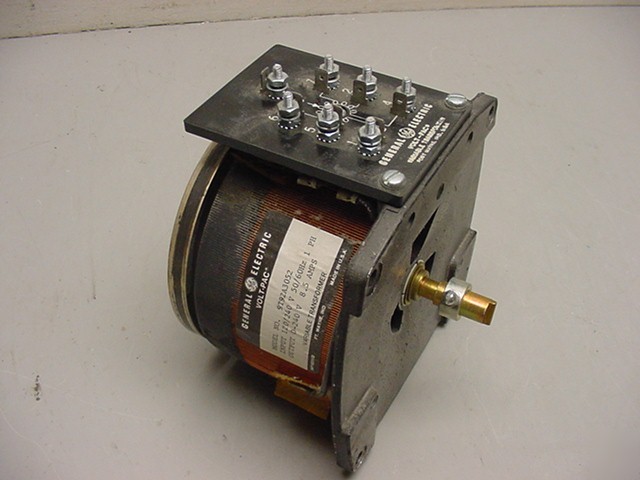

This doesn't mean your device will consume 3.42 A when its powered with this adapter it is only an indication of the maximum current that can be drawn through the adapter by any device that it is connected to, above which the adapter gets damaged. This laptop adapter supplies an output voltage of 19 V and a maximum output current of 3.42 A, well above your original adapter's 2A maximum. This does NOT mean that 4.8A is drawn from the 12V, if it was then the device will need to get rid of 7V * 4.8A = 33.6W and that would require a pretty hefty heatsink (think laptop processor fan).The weird symbol indicates its a DC output. No, it's the maximum the USB's will output on 5V. I really shouldn't do this but hey ho (don't read if you don't like basic maths ) This will definitely protect 18ga wiring and still give plenty of head space so as to not blow in normal operation.

The next lower standard size is 10A so you want a 10A fuse. De-rate that by 20% and you get about 12.5. Then a table such as this one will help you to determine it's safe maximum amperage capacity.įor example, if your cord is 18 awg wire then it is rated for ~16A as chassis wiring. The wire gauge should be marked on the cord for your socket. Just upping the fuse to support the load is asking for a fire. If this results in a fuse that is too small to support the non-fault loads you plan to run on the circuit then this means you need heavier conductors. Slow-blow for big inductive loads, fast-blow for anything else. The how much lower is up to the specific codes and industry, but picking a fuse with ~80% of the conductor rating is a good rule of thumb. The proper way to select a fuse is to determine the rated continuous amperage capacity of your downstream conductors, and then select a fuse with a rating lower than that. They do not care about the routine non-fault loading and should not be sized for it. To the OP, a 7.5A fuse would be safer, I believe 10A should work no problem.Īnd no I haven't got 40 years experience but Uni was 5 years ago.įuses are there to protect the downstream conductors in the event of a fault. (That last sentence is where we may have to agree to disagree!)
#7.5 amp to volt free
If the op routes his cables sensibly (no stacks of coils, not sitting it on the exhaust, etc) then we can probably say that we can treat the cable as if it was in a free air environment at which point I would GUESS that 10A is fine.

This means that we come back to the question of how much current the cable can handle.

USB power drawn + 12V socket power drawn <= the current capacity of the cable. We do not know enough to precisely calculate the current draw, as such we can ignore it by saying that However as that has so many assumptions in it, it is basically complete rubbish. So assuming that the op is managing to use the total capacity of the USB ports AND assuming that the converter is 80% efficient AND assuming that his bike only puts out 12V then the maximum drawn current would be 2.5A. More likely it uses a cheap smps, assuming 80% efficiency (I said cheap!) 5V * 4.8A = 24W (USB power drawn), 24W / 0.8 = 30W (USB power drawn including losses, 30W / 12V = 2.5A. This does NOT mean that 4.8A is drawn from the 12V, if it was then the device will need to get rid of 7V * 4.8A = 33.6W and that would require a pretty hefty heatsink (think laptop processor fan). Click to expand.No, it's the maximum the USB's will output on 5V.


 0 kommentar(er)
0 kommentar(er)
